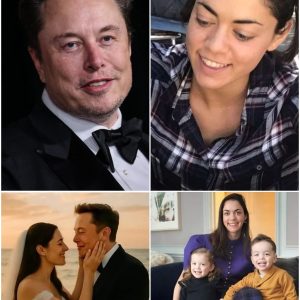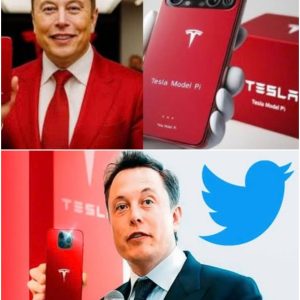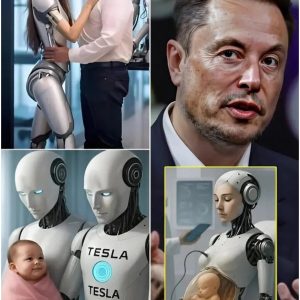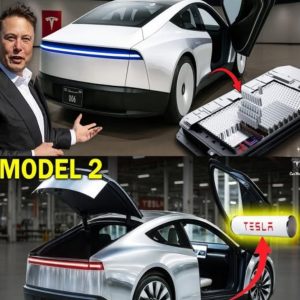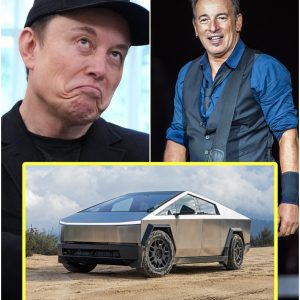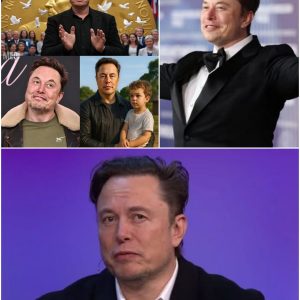The world of aviation is on the brink of a transformation unlike anything seen before. Today, Elon Musk—visionary entrepreneur and CEO of SpaceX and Tesla—unveiled his highly anticipated supersonic space jet, a technological marvel that promises to shatter the boundaries of modern travel. The global reveal, streamed live to millions of viewers, marks a pivotal moment in both aerospace engineering and the future of human mobility.
A Dream Takes Flight
For decades, the dream of supersonic commercial flight has hovered tantalizingly out of reach. The Concorde, the last supersonic passenger jet, was retired in 2003, leaving the world longing for faster-than-sound travel. Elon Musk, never one to shy away from the impossible, has set out to not only revive that dream but to launch it into the cosmos.
Standing before a gleaming hangar at SpaceX’s private launch facility, Musk addressed an eager crowd of journalists, engineers, and space enthusiasts. “Today, we’re not just unveiling an aircraft,” Musk declared. “We’re opening the door to a new era—one where the sky is no longer the limit.”

The Supersonic Space Jet: Engineering Marvel
Dubbed the “StarJet,” Musk’s new vehicle is a hybrid between a traditional jet and a spaceplane. Unlike anything currently in commercial use, the StarJet is designed to operate both within Earth’s atmosphere and at the edge of space. Its sleek, futuristic silhouette is the result of years of research and development by SpaceX’s top engineers.
Powered by a combination of next-generation jet engines and rocket boosters, the StarJet can reach speeds in excess of Mach 5—over 3,800 miles per hour. This means passengers could travel from New York to Tokyo in under two hours, a journey that currently takes more than 14 hours on conventional aircraft.
But speed isn’t the only innovation. The StarJet is built with advanced carbon-composite materials, making it both lightweight and incredibly strong. The cabin is pressurized for comfort, with panoramic windows offering breathtaking views of Earth’s curvature and the blackness of space beyond.
Beyond the Sound Barrier—and Beyond Borders
The implications of the StarJet’s capabilities are staggering. Not only does it promise to shrink the world by connecting distant cities in record time, but it also opens the possibility of point-to-point suborbital travel. Imagine boarding a flight in Los Angeles and landing in Sydney in just over an hour, or conducting business in London and returning home to New York the same day.
Musk’s vision extends even further. The StarJet could serve as a testbed for future Mars-bound passenger vehicles, providing invaluable data on high-speed travel, reentry dynamics, and passenger safety in extreme environments.
Eco-Conscious Innovation
One of the major criticisms of supersonic and space travel has always been environmental impact. Musk, a longtime advocate for sustainable technology, addressed these concerns head-on. The StarJet’s engines are designed to run on a new generation of synthetic fuels derived from captured carbon and renewable energy sources. SpaceX claims this will reduce the vehicle’s carbon footprint to a fraction of that produced by traditional jets.
“We’re committed to making the future of flight not just faster, but cleaner,” Musk told the crowd. “Sustainability is at the core of everything we do.”
A New Passenger Experience
Inside, the StarJet promises a passenger experience unlike any other. The cabin features zero-gravity seating, adaptive lighting, and smart glass windows that can tint automatically to shield against the sun’s glare at high altitudes. State-of-the-art entertainment systems and high-speed Wi-Fi ensure travelers remain connected, even at the edge of space.
For those in premium suites, SpaceX is offering a “space lounge” where passengers can float weightlessly for brief periods during the suborbital phase of flight. “It’s not just about getting there faster,” Musk explained. “It’s about making the journey unforgettable.”
The Road to Launch
Of course, the path from prototype to commercial service is fraught with challenges. Regulatory approval, pilot training, and infrastructure upgrades will all be necessary before the StarJet can enter regular operation. Musk is undeterred. He announced that SpaceX has already begun discussions with the Federal Aviation Administration (FAA) and international aviation authorities.
Test flights are scheduled to begin later this year, with the first commercial routes projected for 2028. Early partners include several major airlines and international space agencies, eager to be part of what many are calling the “second space race.”
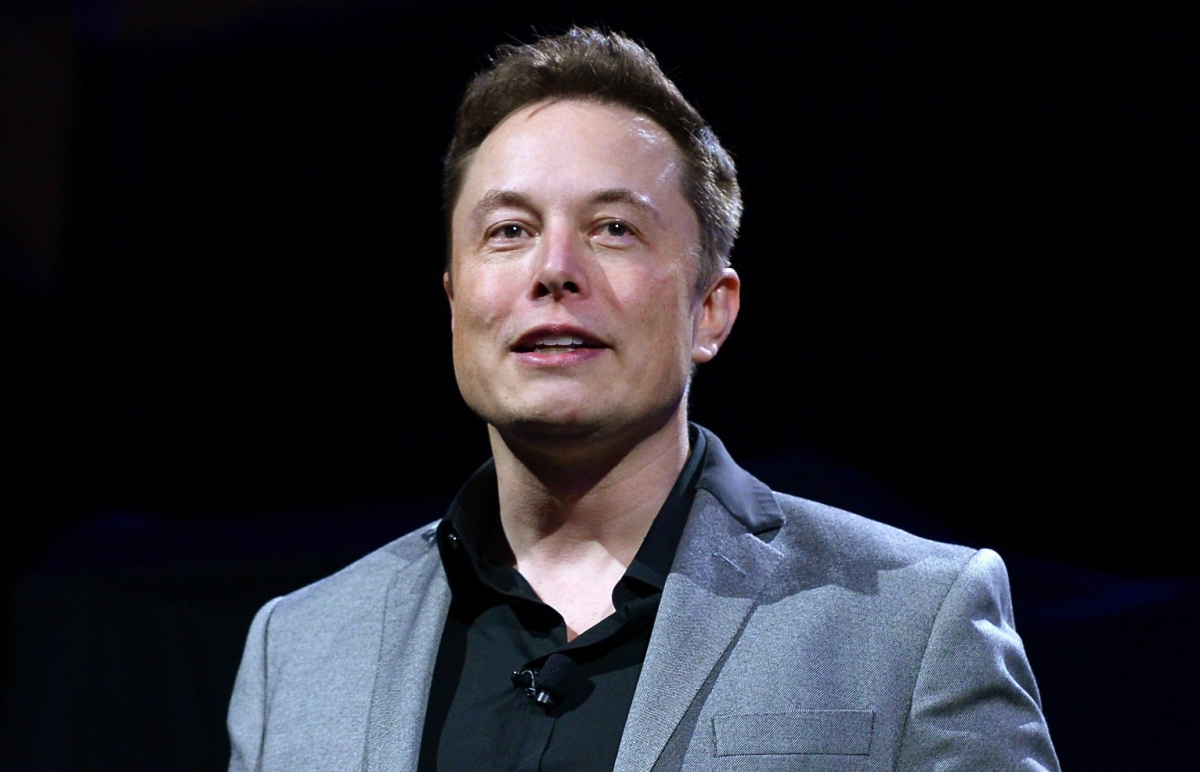
Industry and Public Reaction
The unveiling has sent shockwaves through the aviation and aerospace industries. Boeing and Airbus, the world’s largest aircraft manufacturers, have both issued statements congratulating SpaceX while hinting at their own research into high-speed travel. Meanwhile, airline executives are scrambling to assess how the StarJet could reshape their business models.
Public reaction has been overwhelmingly positive, with social media ablaze with excitement and speculation. “This is the future we were promised!” tweeted one user, echoing the sentiments of many.
Potential Challenges and Concerns
Despite the enthusiasm, some experts have raised questions about the practicality and safety of routine supersonic and suborbital travel. Sonic booms, high-altitude radiation exposure, and emergency procedures at extreme speeds are all areas that will require rigorous testing and oversight.
Musk acknowledged these hurdles, emphasizing SpaceX’s track record of innovation and safety. “Every great leap forward comes with challenges,” he said. “But that’s what progress is all about.”
The Dawn of a New Age
As the event concluded, Musk stood beside the StarJet, his signature optimism on full display. “We’re at the dawn of a new age in transportation,” he proclaimed. “Soon, the barriers of distance and time will be things of the past. The world—and the universe—is about to get a lot smaller.”
For now, the StarJet remains a symbol of what’s possible when ambition, technology, and vision come together. As test flights begin and the world watches with anticipation, one thing is clear: the future of flight has arrived, and it’s faster, higher, and more exciting than ever before.
